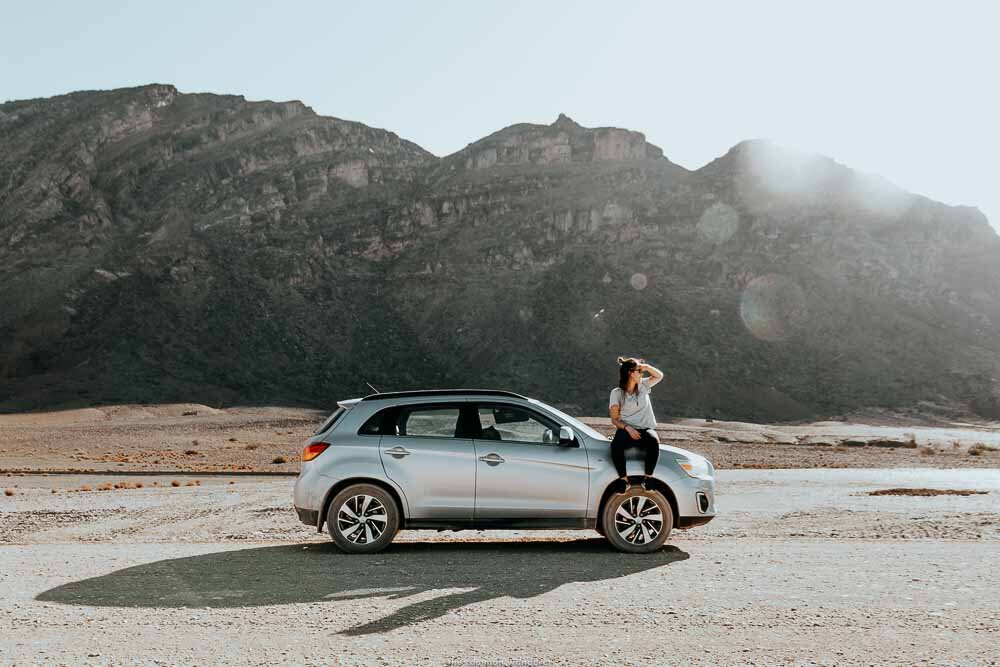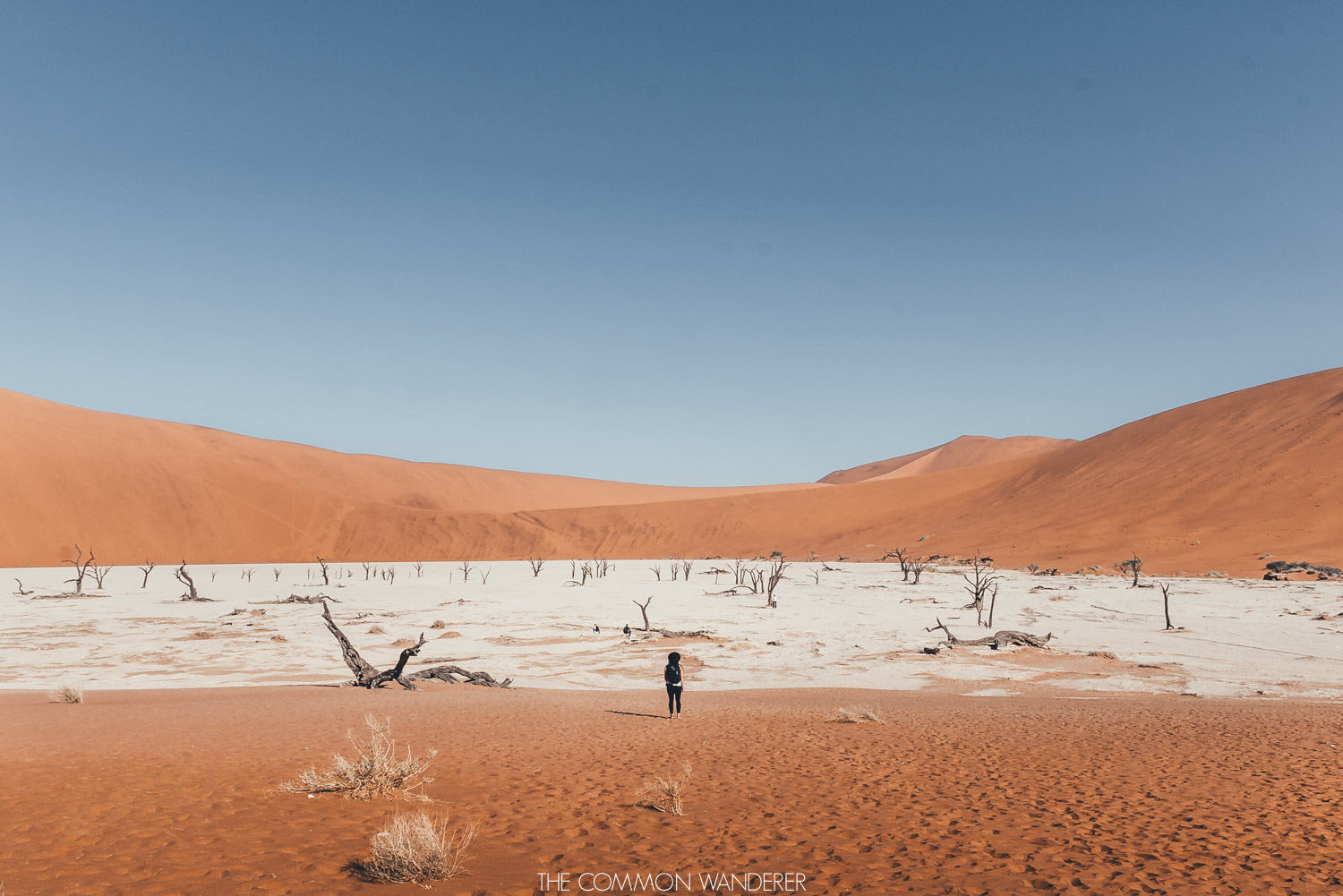Hiking to the roof of Africa: Mt. Kilimanjaro: Part 2
No one told us it would be this tough. It’s just walking, right?
The stark reality of climbing Mt. Kilimanjaro is laid bare on day two as the altitude starts to wreak havoc on our bodies. Dense fog and light rain filter the day in cold, wet tones. Nausea spreads through both of us and we begin riding the emotional Kili-rollercoaster in earnest. As we ascend to camp two, conversation winds down to basic necessities and it’s hard to take in the sheer beauty of our surrounds.
Hours later we stumble into camp, battle weary and in dire need of rest. This isn’t just any camp though; it’s Shira Cave, the most visually beautiful of our ascent. Views abound to Mt Kenya, Kilimanjaro’s little brother, and to the summit - our ever-present reminder of the challenge that lies ahead. Against this backdrop, we settle in for the night, chatting with our guides, Michael and Respick, and the rest of the Ahsante team.
The morning sun above the clouds provides much-needed warmth and energy as we rise again, thankfully feeling slightly more human. Day 3? Easy, say our guides, as we sit down to what is becoming our enemy – breakfast.
Uji, a Tanzanian porridge made from Maize meal is hard to consume at altitude, and we’ve taken to mixing milo, sugar and powdered milk through it to try to get as much energy from each bite as we can. We set off for Barranco Camp, the landscape gradually morphing into what seems an earthly version of Mars - dusty, rocky, yet ever so beautiful.
Lunch is at the Lava Tower, 4600m above sea level. Breathing is now noticeably hard, eating harder. Lunch stares back at us with contempt. We are both struggling, but resolute in our desire to summit. Knowing that each step brings us inches closer to our goal carries us both up the day’s inclines and into Barranco camp. The evening is cold, not helped by a thin sleeping bag and gastro for Mark.
Mornings become our saviour, the most pleasant part of our Kilimanjaro experience. Thawing out over a hot cup of Milo is catharsis, and in these quiet moments the apprehension for the day ahead temporarily curls away in the milky steam. Before long, shoelaces are re-tied and hiking poles readied as we set off for battle with day 4 and Karanga.
We need today - a day of acclimatisation. The scenery is beautiful, otherworldly, with endemic flora and fauna dotted glacial waterfalls. A fog had descended around us and the air was thick with dew. It seems Jurassic, and we almost expect to see a dinosaur amble out of the mist. It is here that we both agree; it will all be worth it.
Unfortunately, it is also here that Miranda begins to show signs of High Altitude Pulmonary Edema (HAPE) – fluid on the lungs in layman’s terms. The murmurings of “pole, pole” grows stronger, as do the words of encouragement. For her, each breath is hard, each step exhausting and at this point we are thankful for our experienced guides.
Arriving into Kilimanjaro's Barafu Camp, or base camp, is a surreal experience. There’s a nervous energy, as well as an air of mixed celebration and commiseration. There are people returning, carried back to camp by the adrenalin of achieving their dream; the sick, the tired, and the defeated, who at some point during the night before had to relinquish their attempt at the summit and return to camp; and individuals like us. Weary optimists, battered mentally and physically but ready for one final assault.
Summit departure time is set for 11:30pm and we try to sleep through the afternoon. Rest is imperative, but it's tough with the endless commotion around the camp. What feels like minutes later, the alarm sounds but we don’t move. It can’t be real; summit day can't possibly be here. But it is, and our guides make sure we know it, rocking the tent to summon us. If this was a pilgrimage, we are mere hours from our holy place with no time to waste.
As we prepare, it becomes apparent that Miranda isn’t in a good way. Her cough hacks through the night air, and each mouthful of our food is met with disdain. Despite the insistence of our guides, tray after near-full tray of amazing food cooked by our chefs is returned again. It’s not that we don’t want to eat, we just can’t. Altitude does funny things to the body – and Kilimanjaro is about to teach us how big an impact it can have.
Have you climbed to the Roof of Africa already? Tell us about your experience in the comments below!
DISCOVER MORE OF AFRICA HERE























